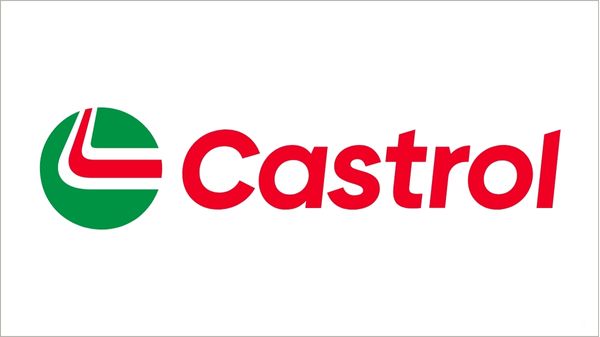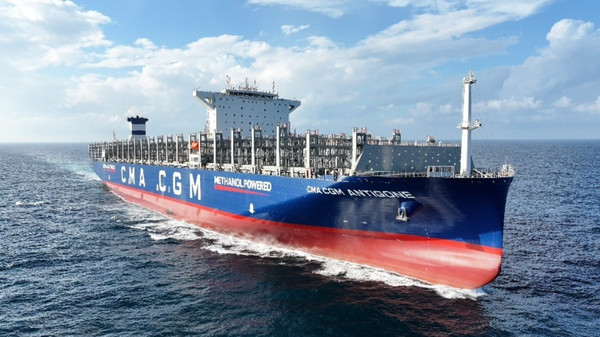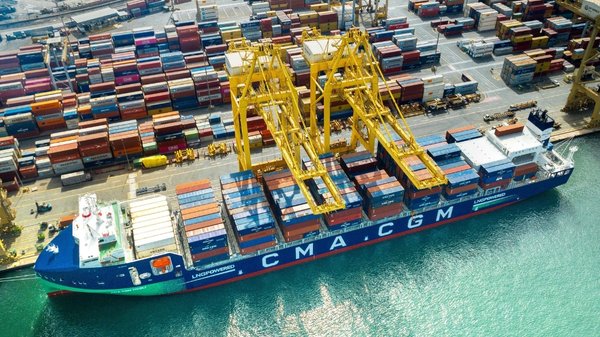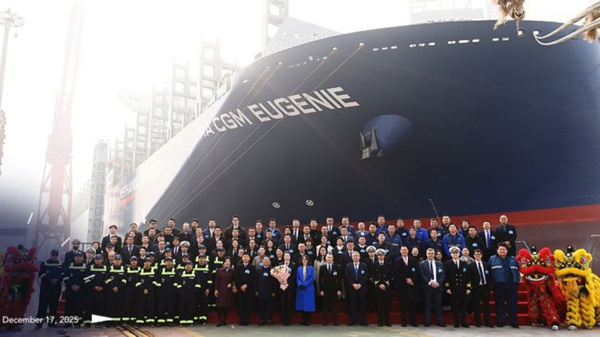
Mitsui O.S.K. Lines (MOL) reports that net income jumped JPY 620.955bn ($4.849bn) to JPY 714.154bn ($5.578bn) during the fiscal year ending March 31. This was despite a 64.8 percent year-on-year (YoY) increase in the average bunker price.
The mean price of all major fuel grades purchased increased by $230 to $585 per tonne between April 2021 and March 2022.
MOL noted that its ferry and coastal ro-ro business saw a YoY deterioration in profit, reflecting rising bunker prices.
In its outlook for the current financial year, MOL predicts an average price of $650 per tonne for high-sulphur fuel oil (HSFO) and $810 per tonne for very-low-sulphur fuel oil (VLSFO).
| Period | 2021-22 | 2020-21 |
| Apr-Jun | 497 | 255 |
| Apr-Sep | 514 | 296 |
| Apr-Dec | 539 | 315 |
| Apr-Mar | 585 | 355 |
Key financial results and developments
In its key financials for 2021-22, MOL's revenue climbed JPY 277.884bn ($2.17bn), or 28.0 percent, to JPY 1,269.310bn ($9.913bn) as net income reached JPY 714.154bn ($5.578bn); and the Japanese shipper swung into the black with an operating profit of JPY 55.005bn ($429.6m), compared with the previous year's loss of JPY 5.303bn ($41.4m).
As regards the balance sheet, assets as at March 31 were JPY 2,686.701bn ($20.983bn), liabilities stood at JPY 1,351.835bn ($10.558bn) and equity at JPY 1,334.866bn ($10.425bn).
MOL said its LNG carrier division generated stable profit mainly through existing long-term charter contracts in addition to profit from the delivery of a new LNG carrier and an LNG bunkering vessel posting a year-on-year rise in profit.
Forecast for 2022-23
For the fiscal year ending March 31, 2023, MOL forecasts shareholder profit will fall by JPY 208.819bn ($1.63bn), or 29.5 percent, to JPY 500bn ($3.91bn), whilst operating profit is estimated at JPY 46bn ($359.3m) — a YoY decline of JPY 9.005bn ($70.3m), or 16.4 percent.
Revenue, meanwhile, is predicted to climb JPY 83.69bn ($653.6m), or 6.6 percent, to JPY 1,353bn ($10.567bn).
Commenting on the year ahead, MOL said: "In the fiscal year ending March 2023, there is a risk that our company's businesses will be affected by factors such as the risk of an economic downturn caused by increasing global inflation and fluctuations in transportation demand resulting from the Russia-Ukraine situation. In the dry bulk carrier and energy transportation business, our company is mainly engaged in medium- to long-term contracts. Therefore, fluctuations in the business cycle and transportation demand are expected to have a relatively small impact on business performance.
"However, fluctuations in market conditions and cargo movements are expected to have a certain impact on our business performance for some short-term contracts. In the product transportation business including containerships, although the direct impact on cargo movement from the situation in Russia and Ukraine is limited, we anticipate that there will be a phase in which transportation demand will weaken due to the slowdown of the world economy or the impact on parts procurement and logistics."

|
BP to sell 65% stake in Castrol to Stonepeak for $10bn enterprise value
Deal brings BP's divestment programme to $11bn, with proceeds earmarked for debt reduction. |
|
|
|
||

|
RINA approves design for Clippership's 24-metre autonomous wind-powered cargo vessel
Classification society to supervise construction of zero-emission ship featuring twin rigid wings for transatlantic operations. |
|
|
|
||

|
Bureau Veritas classes first methanol dual-fuel boxship as CMA CGM takes delivery
The 15,000-teu CMA CGM Antigone was built by CSSC Jiangnan Shipyard in China. |
|
|
|
||

|
Samsung Heavy Industries' floating nuclear plant design wins ABS approval
Concept features twin KAERI small modular reactors and a compartmentalised layout to support offshore nuclear power generation. |
|
|
|
||

|
Dan-Bunkering Europe appoints Claire-Celine Bausager Jørgensen as senior fuel supplier
Jørgensen returns to bunker trading after several years in the company's HR department. |
|
|
|
||

|
DHL and CMA CGM partner on 8,990-tonne biofuel purchase for ocean freight decarbonisation
Logistics and shipping firms to use UCOME biofuel, targeting 25,000-tonne CO2e reduction. |
|
|
|
||

|
Glencore to acquire majority stake in Dutch marine fuel supplier FincoEnergies
Transaction expected to complete in Q2 2026, subject to EU anti-trust approval. |
|
|
|
||

|
CMA CGM names 15,000-teu methanol-fuelled containership CMA CGM Eugenie
Vessel to operate on Phoenician Express service linking Asia, Middle East, and Mediterranean. |
|
|
|
||

|
Island Oil appoints Christian Larsen as senior trader in Denmark expansion
Marine fuel supplier establishes operations in Denmark as part of expansion strategy. |
|
|
|
||

|
HIF Global signs Uruguay agreement to advance US$5.3bn e-fuels facility in Paysandú
Memorandum sets roadmap for final investment decision on plant targeting 880,000 tonnes annual production. |
|
|
|
||
| Total launches huge-capacity LNG bunker vessel [News & Insights] |
| Hapag sees $270m rise in bunker costs [News & Insights] |
| Norden's bunker costs up $101m in 2021 [News & Insights] |
| Maersk spent $1.5bn more on bunkers in 2021 [News & Insights] |